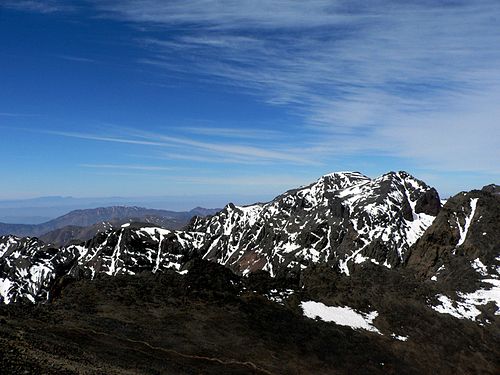
Ultimate Atlas Mountains Morocco: Your Complete 3-Day Adventure Guide To Majestic Peaks
The High Atlas is North Africa’s highest mountain range, stretching diagonally across Morocco for nearly a thousand kilometers. It effectively encircles Marrakech to the south and east, extending from the Atlantic coast north of Agadir to Khenifra in the northeast. Locally, the Berber people affectionately call it ‘Idraren Draren’, meaning ‘mountains of mountains’. The peaks of the Atlas Mountains Morocco act as a natural weather barrier, separating the mild Mediterranean climate to the north from the hot, dry Sahara Desert to the south. Snow regularly blankets the highest altitudes from September to May. All year round, rivers flow northward towards Marrakech, carving out fertile valleys where crops like dates, apples, and walnuts thrive.
The Scenic Drive from Marrakech to the Atlas Mountains Morocco
Leaving the bustling energy of Marrakech just after sunrise, the drive into the foothills of the Atlas Mountains Morocco quickly reveals a dramatic change in scenery. Concrete gives way to lush green fields, and villages along the way show locals busy gathering olives and apples. The first glimpses of the snow-capped peaks are truly breathtaking and often unexpected given the heat of Marrakech. The journey to Imlil, a key destination in the Atlas Mountains Morocco, typically takes around 90 minutes. Along the way, you might pass Kasbah Tamadot, a luxury hotel owned by Richard Branson, known for employing many local people and supporting neighboring communities.
Imlil: The Gateway to Your Adventure in the Atlas Mountains Morocco
The small town of Imlil, with a population of just over 5,000, serves as the primary trekking base for those aiming to ascend Jebel Toubkal, North Africa’s highest mountain at 4,167 meters. Almost everyone in Imlil plays a role in the trekking business, whether as a guide, a mule owner transporting luggage, or a hotelier or restaurateur. Unlike more crowded tourist spots like Ourika Valley or Ouzoud waterfalls, Imlil offers a more authentic and peaceful experience, particularly in the early morning and late evening if you choose to stay overnight. Even if you’re not planning a strenuous climb, Imlil is the perfect starting point for easier walks, such as the three-kilometer uphill trek to the Berber village of Aroumd. Mules are available to carry day packs or even provide a ride if needed.
Experiencing Authentic Berber Life in the Atlas Mountains Morocco: Aroumd
Aroumd, a small Berber settlement, provides a quieter base for less challenging hikes away from larger crowds. During one visit, accommodation was a family-run guesthouse, basic but clean and comfortable, offering dormitory rooms and shared bathrooms. Upon arrival, hospitable Berber hosts served welcoming sage tea and homemade biscuits, followed by a delicious lunch that included colorful crudités, Berber omelette, rice, chicken skewers, lentils, fresh flatbread, and juicy oranges. The food in the Atlas Mountains Morocco is renowned, with memorable feasts often including harira soup, beef tagine, and melon slices. The deep connection with locals, even despite language barriers, and their profound hospitality make small pleasures like food and sleeping under the stars truly magical. Ahmed, a local from the Ijoukak valley, welcomed travelers into his home, sharing meals and daily rituals like fetching water, showcasing the deep-rooted generosity and hard work of the Morocco Atlas Mountains tribes.
Beyond Trekking: Iconic Sights in the Atlas Mountains Morocco Region
For those venturing further, the N9 road from Imlil to Aït Benhaddou offers a spectacular drive over Tizi n’Tichka, the highest pass in the High Atlas at 2,260 meters. This road winds through clouds, offering glimpses of isolated communities.
- Aït Benhaddou: This abandoned 11th-century kasbah has been extensively restored, largely due to its use as a filming location for famous movies like Gladiator, Lawrence of Arabia, Jewel of the Nile, and Jesus of Nazareth. Despite a few souvenir shops, the site has largely avoided ‘Disneyfication’, allowing visitors to imagine its original state while exploring narrow streets and climbing for amazing views. Watching the sunset turn the terracotta mud walls into rich orange and red hues is a glorious experience.
- Atlas Film Studios & Taourirt Kasbah, Ouarzazate: Near Aït Benhaddou, the Atlas Film Studios are a must-visit. For a modest entrance fee, you get a guided tour through sets used in numerous films, including Gladiator, Cleopatra, and Asterix and Obelisk. It’s fascinating to learn about camera tricks that make small sets appear massive. Nearby, the town of Ouarzazate is home to the sprawling Taourirt Kasbah, which, unlike others in disrepair, has been maintained thanks to its use as a backdrop for Hollywood films such as Gladiator, Sheltering Sky, and Prince of Persia.
- The Drâa Valley: Conclude your mountain visit with a drive through the dry and rocky Drâa Valley, home to lush green oases and Africa’s largest area of date palms. It’s a vast landscape perfect for photo stops.
Mount Toubkal: The Ultimate Challenge in the Atlas Mountains Morocco
For the adventurous, Mount Toubkal, standing at 4,167 meters (13,671 feet), offers a challenging high-altitude trek, being the highest peak in North Africa. Located within Toubkal National Park, a guide has been mandatory for entry and tours since 2020. The ascent often involves staying at a base camp like Refuge Toubkal les Mouflons. The hike itself requires good fitness but not technical climbing ability. The path can be steep, rocky, and include scree sections, but the feeling of accomplishment from reaching the summit and the 360-degree views are immensely rewarding. For those considering this feat, a 2-day/1-night guided tour is a recommended option.
Planning Your Atlas Mountains Morocco Adventure
Deciding between a day trip and a multi-day adventure depends on your interests. While a day trip provides a taste, a longer stay allows for deeper immersion in the culture and the breathtaking landscapes. For independent travelers, the Atlas Mountains Morocco can be explored without a formal tour, for example, by taking a collective taxi from Marrakech to Imlil and hiking on your own. However, if scaling Mount Toubkal is on your itinerary, a guided tour is strongly recommended for safety and navigation. When visiting the region, ensure you wear suitable footwear for varied terrain and carry plenty of water, especially in warmer months. Being aware of altitude sickness is also crucial for higher climbs.The Atlas Mountains Morocco offer a transformative experience, deepening one’s appreciation for nature, culture, and personal resilience. The warmth and simplicity of the Berber communities, coupled with the stunning vistas, make this region an unforgettable highlight of any Moroccan journey.
Table of Contents
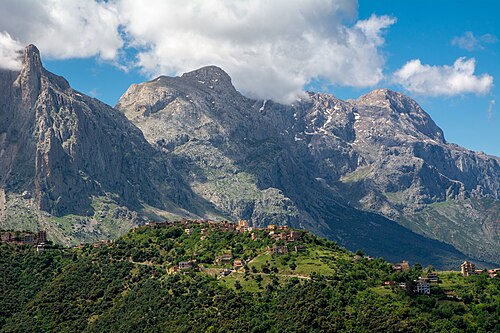
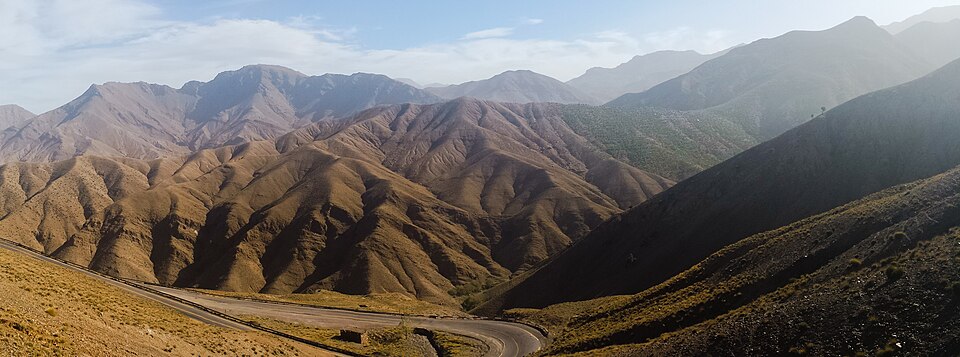
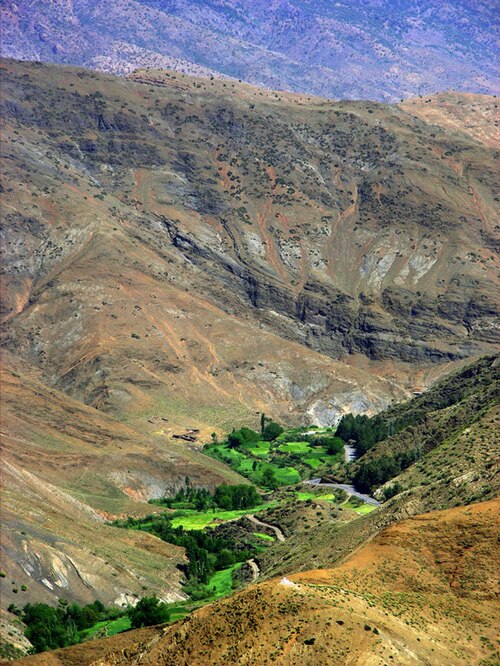




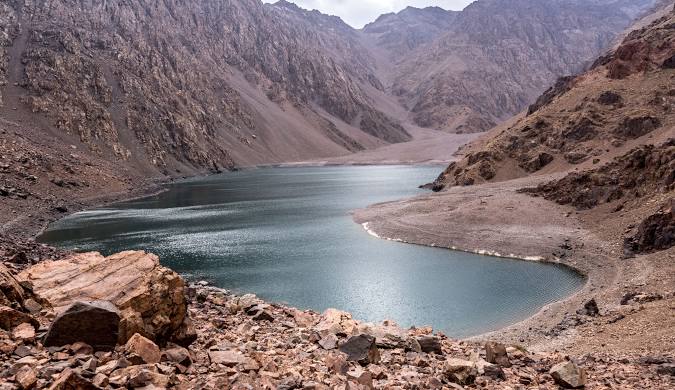
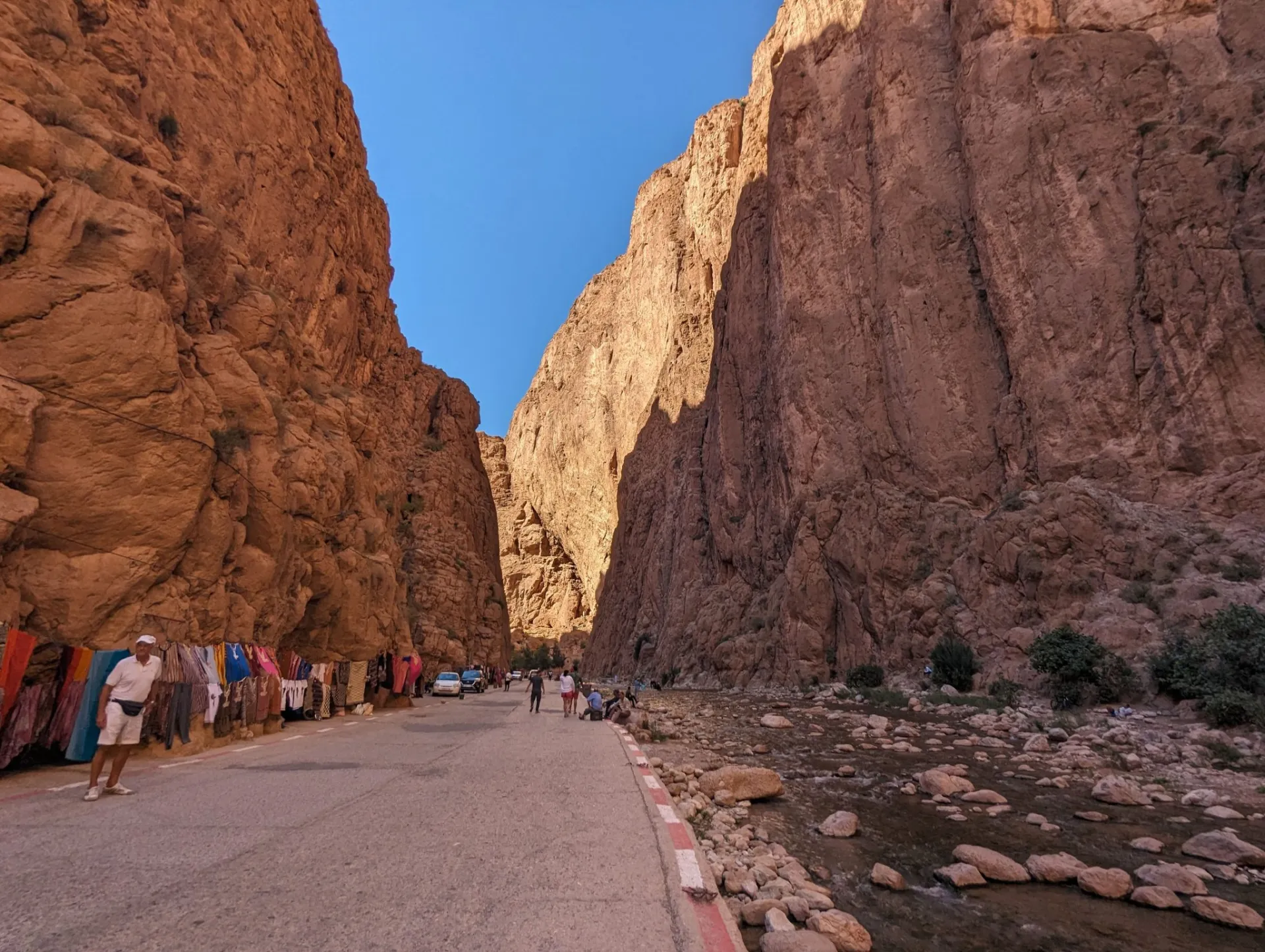
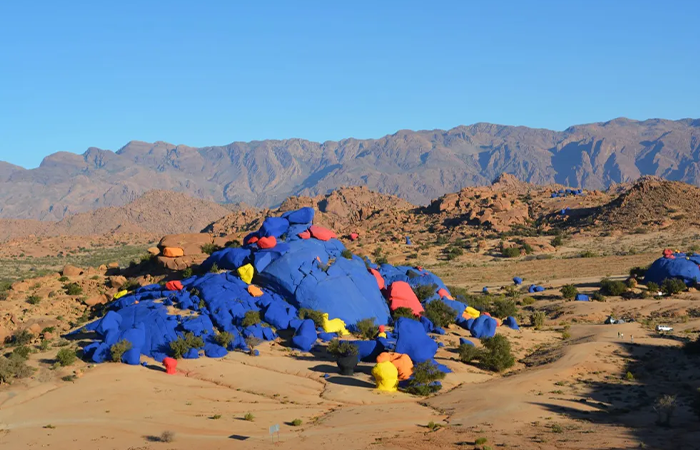
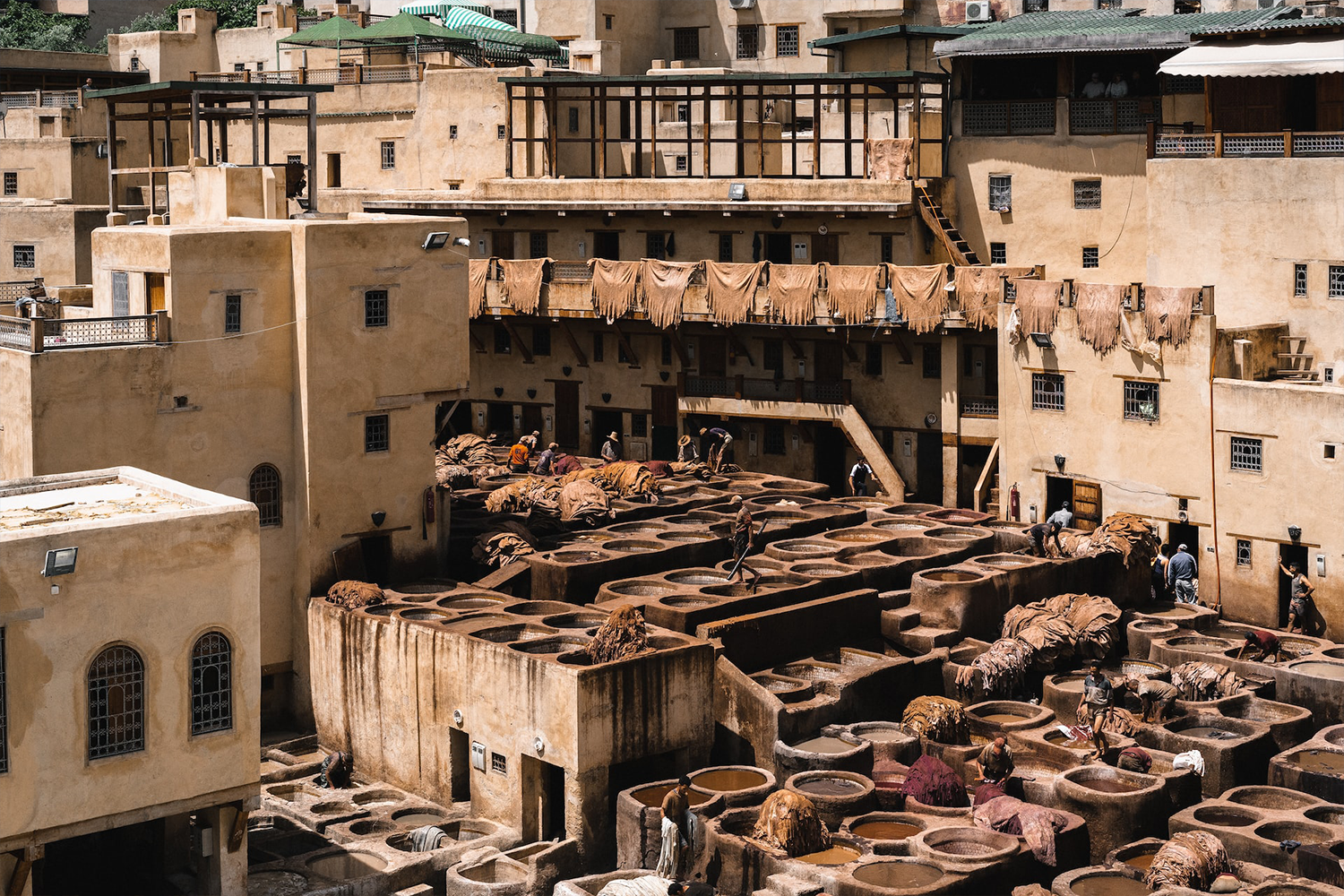

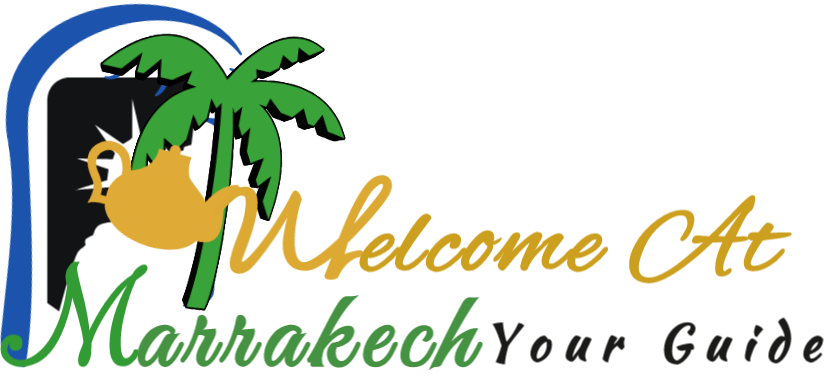

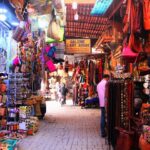
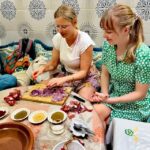
Leave a comment: